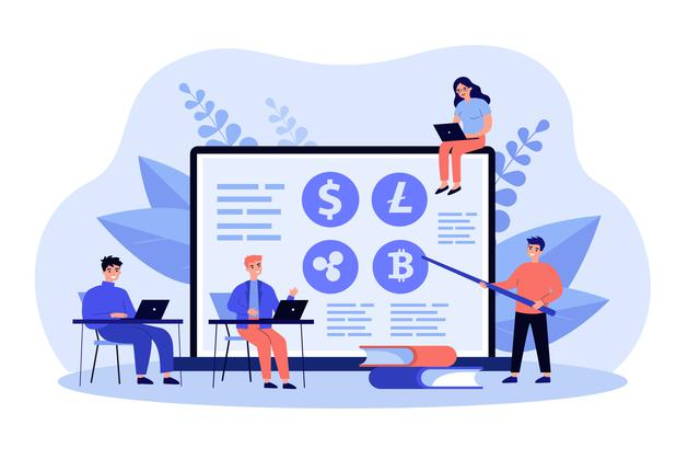CHAPTER - 4
Understanding the balance sheet
A fundamental analyst requires to know how to read financial statements. A financial statement consists of a profit & loss account, balance sheet & cash flow statement.
The balance sheet gives us information about assets, liabilities & equity capital, or shareholders' capital at the end of the year.

The basic things that are required to be checked before investing are- Debt on the company, reserves, cash in hand. Reserves are retained earnings or profits set aside by the company. If the company is debt-free, then it is a positive sign for the long term. The reserves & cash showing an increasing trend and debt leading decreasing trend are primary indications of a good or improving balance sheet.
Asset: Let's understand an asset with example. For a café, an oven is an asset which helps the café to generate income. So, an asset is a resource that generates some present or future benefits for an entity. Typical examples of asset –plant & machinery,equipment,machinery,cash,brands,patents,trademarks,etc.
Liabilities: Let's continue with the above example. In the above case, if an oven is financed by a loan, the loan is an obligation/liability for the company. So, a liability creates an obligation on an entity to pay immediately or in the future. Typical liabilities include loans, accounts payable, bonds, warrants, accrued expenses, etc.
A shareholders' fund: A shareholders' fund is a very crucial part of the balance sheet. From the shareholders' point of view, it's their wealth, but it's an obligation from the company's perspective as the equity fund belongs to the shareholder.
A shareholders' fund = (share capital + reserves) or (total assets-total liabilities)